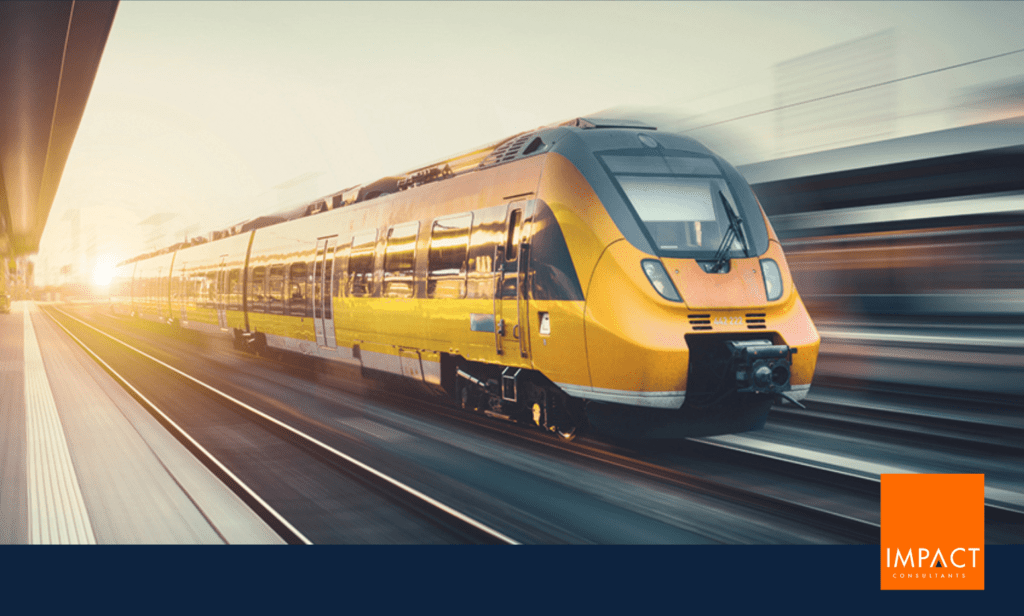THE RIGHT TIME TO JUMP THE TRAIN – MORE COMPETITIVE, MORE CONNECTED, MORE INTEGRATED
The dawn of the 1990s marked a major turning point in Europe: the opening of the rail sector to competition, driven by the European Commission with the aim of creating an integrated and competitive European railway market. Today, the challenge remains the same: to triple rail travel by 2050, while currently, rail traffic stands at 6%.
The United Kingdom, which was a pioneer in this regard, underwent a tumultuous transformation, shifting a sector previously dominated by public entities. This transformation was marked by challenges, including fluctuating fares, security concerns, and managerial complexity.
The Promise of a Sustainable Future
At the heart of this reform, decarbonizing transportation emerges as a priority. With only 1.2% of greenhouse gas emissions (GHGs), compared to 25% for road transport and 12% for aviation and maritime, rail becomes the champion of ecology in the transportation sector. Competition stimulates investment in green technologies, aligning the railway sector with global climate goals.
A Race towards Innovation and Competitiveness
In France, the opening of the rail market to competition in December 2020 saw the entry of new operators. SNCF (French National Railway Company) is now facing competition from Spain’s Renfe and Italy’s Trenitalia Paris-Lyon-Milan routes, leading to a 58% increase in traffic in just eight months.
This renewal is accompanied by diversification of services and a stimulating fare war, forcing SNCF to rethink its offerings, especially in its business segment, with a focus on providing privileged services such as complimentary beverages or meal delivery at the seats.
The customer experience has been enhanced: service quality, comfort, connectivity, and frequency of trips are now the key drivers of this competition-driven growth.
But that’s not all: the opening of the rail market is disrupting the distribution sector as well. The rise of distribution platforms like Rail Europe, expanding across Europe, exemplifies this digital revolution by simplifying access to offers and enabling end-to-end multi-operator journeys and interrail pass offers. SNCF Connect is also evolving rapidly, innovating its communication with a personalized and quirky annual report called « Ma Rétrainspective. »
After business travel agencies, tourism agencies are adapting by incorporating railways into their packaged offerings, and some are even creating specific train-related products. Distribution tools are evolving as well; for instance, Resaneo is innovating with a dynamic package engine that allows real-time combination of various travel components, including train tickets. Quartier Libre is enriching its digital experience with the Open Package tool, offering increased flexibility in creating tailor-made journeys. Customer demand for eco-friendly products is driving the creation of new products and the development of specialized agencies like Discovery Train.
This progress in travel tech is opening up unprecedented opportunities, making the opening of the rail market a true catalyst for innovation.
The digital era is opening up unexplored horizons for the railway sector. The return of night trains, startups like Le Train, and even investments from hospitality players like Accor with the Orient Express are changing the landscape. From hyperloop to autonomous trains and interconnectivity, the horizon knows no bounds. These advancements could accelerate further with a french government investment plan of 100 billion euros over twenty years, announced in 2023, promising a railway revolution on par with the ambitions of the 21st century.

